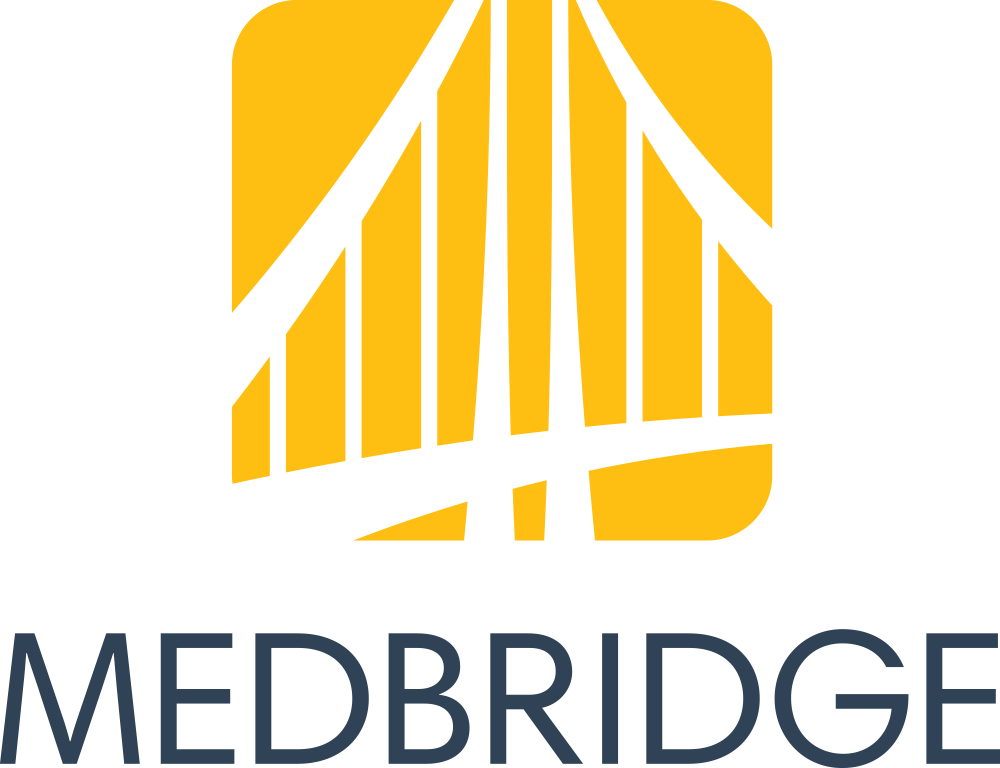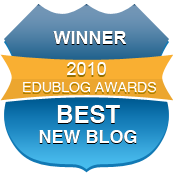Friday, March 26, 2021
A Google A Day and Search Literacy Lessons
Friday, March 19, 2021
Clifford- A Dog's Life Activity
You may have noticed that the Flashpocalypse occurred at the beginning of 2021. Flash was long fated to disappear eventually and a number of your favorite websites or interactives would have become inaccessible after December 2020 as web browsers stopped supporting Flash. This happens, and is part of the life cycle of technology. We grieve and move on. PBS Kids, however, is generally cleaned up enough that you aren't going to run into disappointments as you search for interactive activities. I have been working to update a spreadsheet developed by Waldo County General Hospital in Maine, the folks there you may know as longtime collaborators of mine and telepractice mavens!
The original spreadsheet was presented some years ago by Nathan Curtis in a session we did that many viewed at the beginning of the COVID emergency under ASHA's free Learning Pass. As I mentioned I am working to update it but that work is in progress (some links may not work). Please do not request permission for the spreadsheet, you can make a copy or download if you wish but that would not reflect the updates I plan to make. Click here to view PBS Kids resources spreadsheet.
Let's take Clifford- A Dog's Life, a game that has 4 parts. Emily Anne greets us and asks us to take care of Clifford awhile (character, setting, initiating event...). There are four activities we can engage Clifford (and our students) with including playing fetch and washing him. Looking at the language contexts for Fetch, it's a beach setting we can observe and describe, and we can throw different objects (function talk) near or far. Sometimes something cool happens besides Clifford retrieving the object, such as a crab catching it (WH-questions). The bath activity has neighborhood helper characters and spatial concept contexts such as needing to go high/low/left/right to rinse Clifford!
I'm all about the Pairing Picture Books with Apps/Interactives thing, so see this resource from Mindwing Concepts detailing how Clifford's books can be used for story grammar!
Thursday, March 11, 2021
Strategies for Using Picture Books on YouTube
As I have, for now, continued to be doing mostly teletherapy for the past YEAR (that anniversary has been painful, so apologies for the quiet blog), I have found picture books invaluable. Pssst...shhh...largely any picture book you might want has a YouTube read aloud.
One strategy I use is to evaluate what's there, as often several are available. I prefer those that look more slide-show than a person with a book, and also tend to avoid videos with too much zooming. Going full-screen with the video by clicking the lower right icon is helpful.
This facilitates the second strategy- YOU read it aloud. This allows you to pace, pause, and interact with your students (e.g. model think alouds, direct their attention toward illustrations that foster inferences, use questions...). Turn that video sound right off!
So, for example, take How to Catch a Leprechaun by Wallace and Elkerton. This duo's series about catching various creatures has given me a ton of mileage with one particular group. They are not at all game for too-structured conversation, but keep it naturalistic with rich illustrations that have "things to say" that are not described in the text, and they talk! This one may help you in the coming week. There are a number of read-alouds of this book that you can compare to the simple one by PV Storytime. Search the book on YouTube to see what I mean.







